Historic monument in Fontenay-le-Comte
A piece of History
In Vendée at the entrance of Fontenay-le-Comte called “Fontaine et source de beaux esprit”, by Francis I during the Renaissance, you cannot fail to notice the castle of Terre-Neuve built at the very end of the XVIe century.
Terre-Neuve was the work of an artist and a poet at the same time.
The architect Jean Morisson built it for the poet Nicolas Rapin who was also a magistrate and a soldier. Nicolas Rapin was a disciple of Cujas and of president de Harlay, vice seneschal “de robe courte du Bas Poitou”, and a great provost of the French Connetably. He fought with Henri IV during several campaigns as in Arques and Ivry
Nicolas Rapin
A poet
Nicolas Rapin was also a poet and he wrote verse in French, in latin and in Greek. In his poems, he went easily from very futile themes to the deepest concerns. His best title remRapinains his collaboration to “La satire Ménippée” . Nicolas Rapin received in Terre-Neuve famous intellectuals of the Renaissance, friends such as Sully, Aggrippa d’Aubigné, François Viète, Jean du Fouilloux, Tiraqueau… He died in 1608 and as none of his nine children outlived him, the castle was forgotten and then bought by missionnaries.During the XIXth century, the Count de Vassé who was the mayor of Fontenay-le-Comte and a deputy of Vendée, bought the castle.
His grandson Octave de Rochebrune, born on April 1st, 1824 and dead on July 7th, 1900; was the artist who transformed from 1840, the poet’s house, which had become his, by addition of several pieces coming from many other castles.
As a famous sculptor and etcher, he had several architectural pieces set in Terre-Neuve, especially pieces coming from the castle of Coulonges-les-Royaux wich had fallen into ruin.
In 1848, he left Paris and went back to his native Vendée, and there, he married Miss Du Grelier du Fougeroux who supported him during his artistic career. As he was ignoring exhibitions,he transformed his castle into a real museum with old furniture, objet d’art and original collections of valuables.To add sculptor to his science and love of drawing, he did not hesitate to handle a chisel and arochebrune setsquare for the decoration of his castle.
Before doing his wonderful plates of the greatest monuments of France, so well exposed in the dining-room whose architectural beauty fits particularly
Octave de Rochebrune
Octave de Rochebrune made small etchings witch touch us by their poetry and their sincerity.
In 1861,he undertook a trip in Vendée in order to illustrate the famous book “Poitou et Vendée” written by his friend Benjamin Fillon and so let us precious documents about his province.
Le Piranèse de son époque
The famous etcher, in love with his country and beautiful architectures would have been the “Pironèse” of his time as it was said by Charles Meryon.His daughter married Count Raoul Du Fontenioux and their descendants maintain the castle now open to the public
